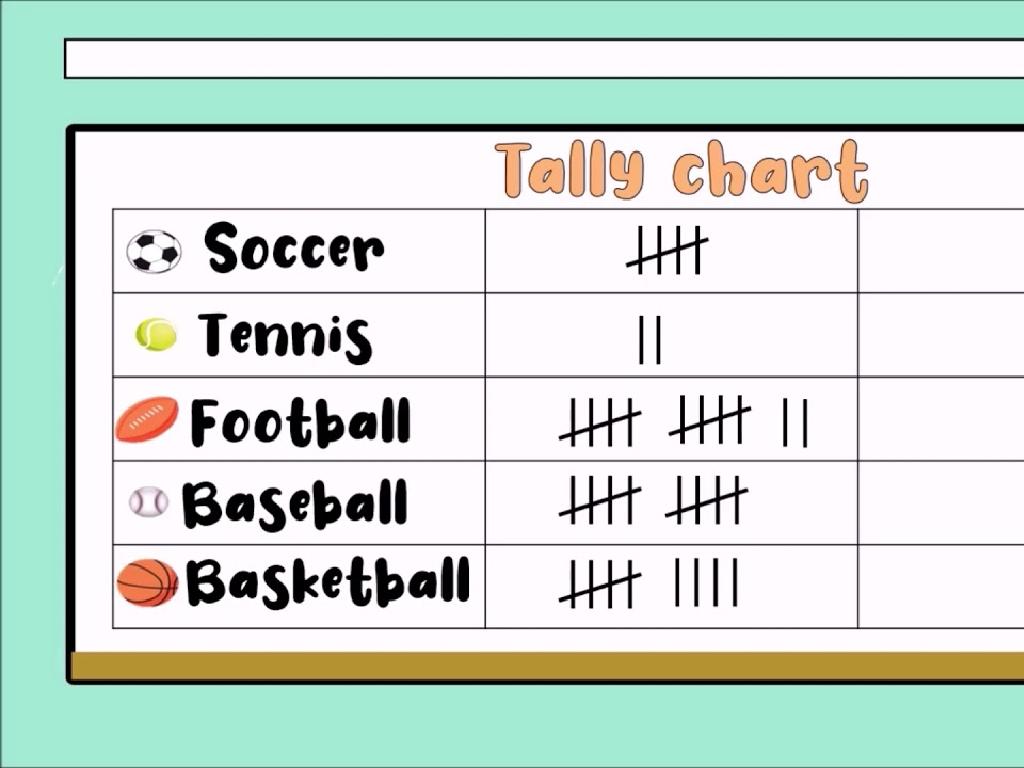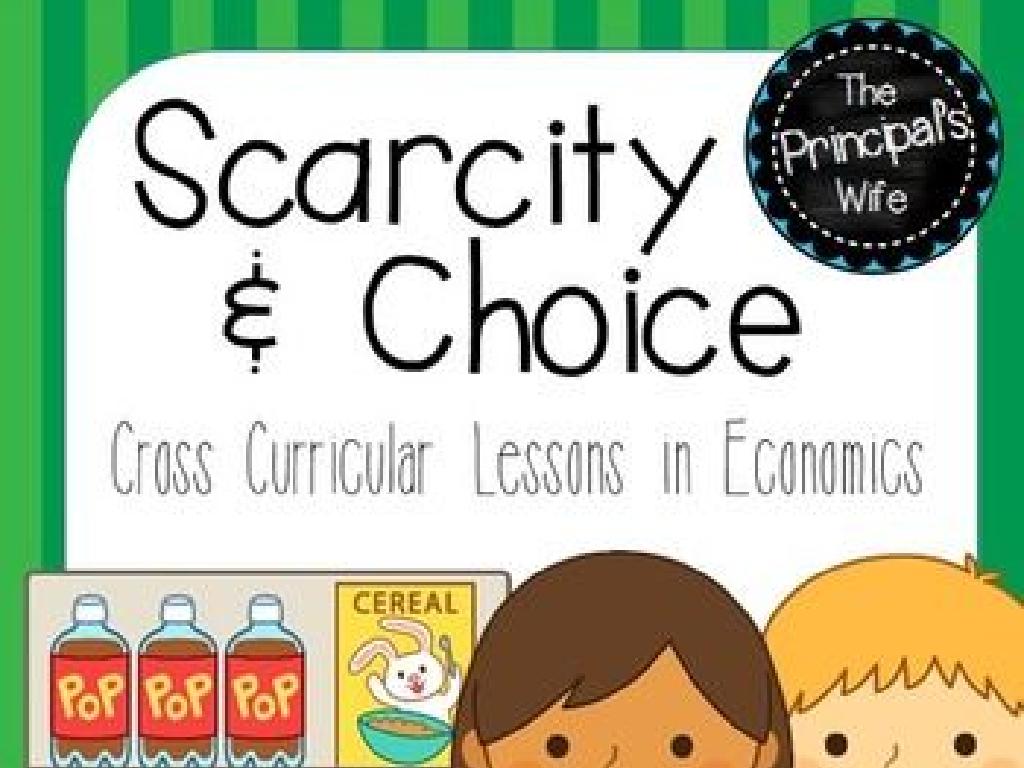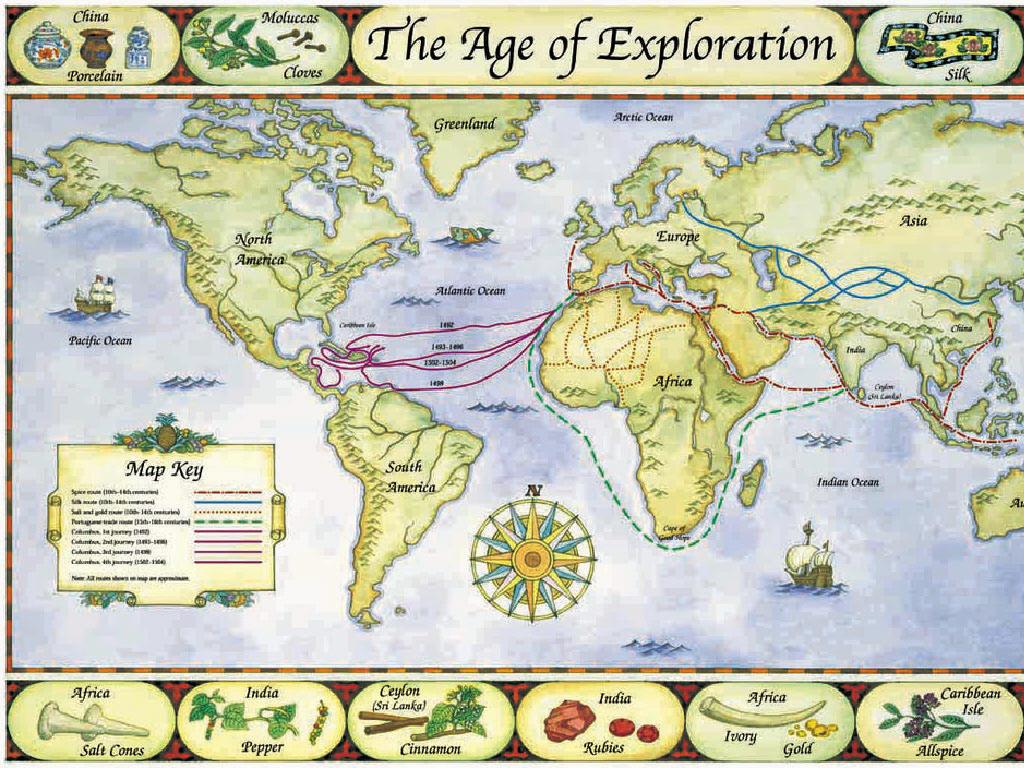Identify Relevant Sources
Subject: Language arts
Grade: Sixth grade
Topic: Research Skills
Please LOG IN to download the presentation. Access is available to registered users only.
View More Content
Identifying Relevant Sources
– Research: A powerful tool
– Sources: Origins of information
– Books, websites, articles, etc.
– Relevance of sources in research
– Helps ensure accuracy and credibility
– Impact of relevant sources
– Quality sources lead to strong research outcomes
|
This slide introduces students to the concept of research as a powerful tool for learning and discovery. It’s important to explain what sources are, including examples like books, websites, and articles. Emphasize the importance of identifying relevant and credible sources to ensure the accuracy of their research. Discuss how using high-quality sources can greatly impact the strength and reliability of their work. Encourage students to think critically about the sources they choose and to consider the authority and purpose of each source. Provide examples of relevant sources for common research topics in Language Arts.
Identifying Relevant Sources: Primary vs Secondary
– Primary vs Secondary Sources
– Primary: original documents, Secondary: analysis or interpretation
– Examples of Each Type
– Primary: diary, Secondary: textbook
– Distinguishing Characteristics
– Primary: firsthand evidence, Secondary: secondhand account
– Practice Identifying Sources
|
This slide introduces students to the concept of primary and secondary sources, which is crucial for conducting research. Primary sources are original, uninterpreted information. Secondary sources analyze or interpret primary sources. Examples include diaries or letters as primary sources, and textbooks or articles as secondary sources. Teach students to look for firsthand evidence in primary sources and secondhand accounts in secondary sources. Encourage them to practice by bringing in various sources and determining which category they fall into, enhancing their critical thinking and research skills.
Finding Reliable Research Sources
– Explore library resources
– Books, journals, and databases can provide in-depth information.
– Utilize online databases
– Online databases are curated and often offer peer-reviewed materials.
– Discover credible websites
– Look for websites with .edu, .gov, or .org for reliable info.
– Check for eBooks and eJournals
– eBooks and eJournals are convenient sources of up-to-date information.
|
This slide aims to guide students on where to find trustworthy sources for their research projects. Emphasize the importance of using the school library, which offers a wealth of books, academic journals, and access to databases that are specifically selected for their educational value. Online resources can also be valuable, but students should be taught how to discern credible websites and use online databases that provide peer-reviewed articles. Encourage students to use eBooks and online journals as they are easily accessible and can offer the most current research. Remind students to evaluate the credibility of their sources by checking the author’s credentials, the publication date, and the domain of websites.
Evaluating Sources for Research
– Assessing source credibility
– Who wrote it? Are they an expert?
– Checking for accuracy
– Is the data recent and verified?
– Ensuring relevance to topic
– Does it align with your research question?
– Detecting bias in information
– Is the information presented fairly?
|
When students embark on research, it’s crucial they learn to evaluate their sources critically. Credibility involves considering the author’s qualifications and reputation. Accuracy requires students to check if the information is current and has been fact-checked. Relevance means the source must directly support their research topic. Lastly, students should be aware of bias, which can slant the information presented. Encourage students to practice these skills by examining different types of sources and discussing their findings. This will not only help them in their current research but also build foundational skills for future academic endeavors.
Citing Sources in Research
– Understanding citation importance
– We cite to show where we found information and to avoid plagiarism.
– Exploring citation styles
– MLA, APA, and Chicago are common styles, each with its own rules.
– Practice citation creation
– Let’s create a citation together using a book or article example.
|
This slide introduces the concept of citing sources, which is crucial for academic integrity and avoiding plagiarism. Explain that citations allow others to find the same information and give credit to the original authors. Introduce the most common citation styles (MLA, APA, Chicago) and highlight that different subjects may require different styles. For the practice activity, guide students through creating a citation, step by step, using a simple book or article example. This will help them understand the components of a citation. Encourage students to ask questions and provide additional examples if needed.
Class Activity: Source Scavenger Hunt
– Team up for a scavenger hunt
– Find various types of sources
– Look for books, articles, websites, etc.
– Use library and internet wisely
– Remember to check for credibility
– Present a reliable source
– Explain why it’s trustworthy for our topic
|
This interactive class activity is designed to teach students about identifying and utilizing different types of sources for research. Divide the class into small teams and assign each team to find a specific type of source, such as a book, a scholarly article, a reputable website, or a newspaper article. Provide guidance on how to use the library catalog and online databases effectively. Each team will select one source they believe is reliable and present it to the class, explaining why it is relevant and credible for a given research topic. This will help students understand the importance of source selection in research. Possible activities: one team could look for historical sources, another for scientific studies, another for current news articles, and so on, depending on the research topic at hand.






